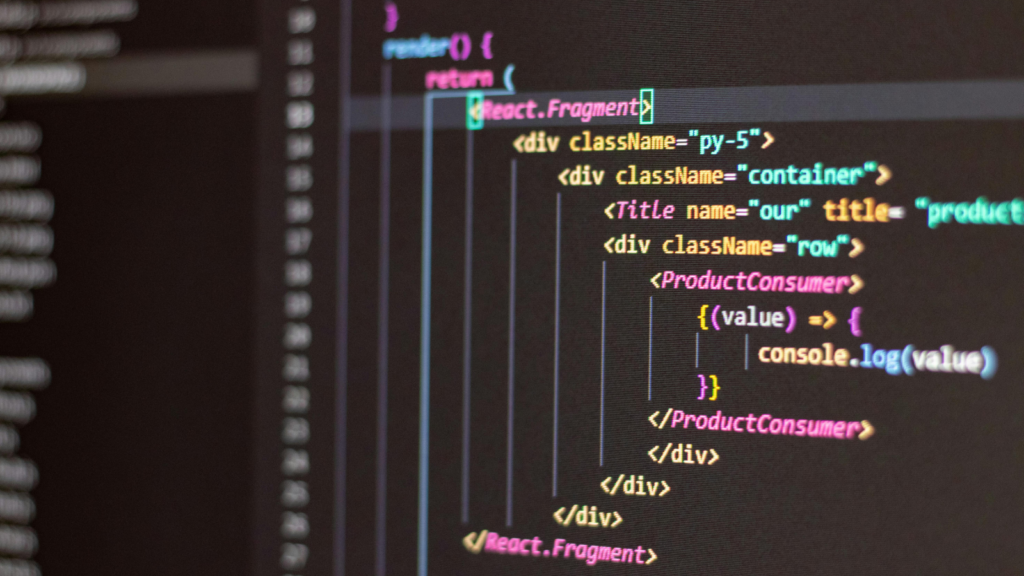This article delves into the hands-on GUI application development in go pdf. From understanding the basics to exploring advanced concepts, it’s a comprehensive guide that’ll help you navigate this exciting terrain. So, whether you’re a seasoned developer or a beginner stepping into the world of Go, there’s something for everyone.
Hands-On GUI Application Development In Go PDF
What is GUI Application Development?
GUI application development forms the crux of modern computing interfaces. It’s the process of creating programs that enable users to interact with electronic devices through graphical icons and visual elements, in contrast to text-based interfaces, often used in older computers.

Historically, GUI replaced the text-based interface due to its user-friendly design—making use of images, glyphs, and text to represent information and actions. Users perform these actions through direct manipulation, such as clicking with a mouse or touch, leading to more seamless interaction with the device.
Delving deeper, Go—commonly referred to as Golang—is swiftly emerging as a potent player in the GUI application development sphere. Owing to its simplicity and efficiency, it’s well-suited to the development of high-performance GUI applications.
Key Features of Hands-On GUI Application Development in Go PDF
Interactive Examples and Code Snippets
One of the prime features of the Hands-On GUI Application Development in Go PDF is its incorporation of interactive examples and exhaustive code snippets. It’s through this didactic approach that the PDF consolidates understanding, guiding readers about how to develop GUI applications using Go. It’s replete with practical examples, where each scenario corresponds to a unique GUI functionality, ensuring a strong foundational learning platform for application developers.
Moreover, the inserted code snippets amplify the resource’s transparency, displaying the Go-language mechanics in real-time action. Hence, when readers encounter a new concept, an accompanying code snippet aids understanding.
Structured Learning Approach

Regarding the pedagogical design aspect, the Hands-On GUI Application Development in Go PDF adopts a structured learning approach. This approach uses a stepwise and cumulative path, enabling understanding for both beginners and experienced developers.
At the onset, it introduces the cornerstones of GUI and Go-language fundamentals, preparing ground for the following chapters. Topics like static typing or concurrency mechanisms are laid out, setting the foundation for further exploration. Gradually, it prompts you to advanced exercises, such as developing full-scale GUI applications or using external libraries (Fyne, Gio, and Walk). Consequentially, it integrates novice users into the realm of GUI development using Go, and escalates the skills of seasoned ones.
Advantages of Using Go for GUI Development
Performance and Efficiency
Go stands as a powerful contender in the world of GUI development due to its exceptional performance traits. Its unique mechanism of garbage collection alleviates memory management issues, improving the overall performance of GUI applications. Go’s static typing feature prevails in error detection, reducing the odds of runtime blunders.
When it comes to efficiency, Go’s concise syntax translates complex tasks simplistically, resulting in reduced development time. For instance, advanced concepts such as polymorphism and encapsulation can be implemented seamlessly in Go.
Cross-Platform Compatibility

A significant benefit of using Go in GUI application development lies in its cross-platform compatibility. Applications coded in Go can be effortlessly ported to different operating systems, including UNIX, Windows, and MacOS, with no modifications required to the source code. This quality enables developers to target a wide range of users without having to recode or debug for different operating systems.
Notably, Go’s compatibility with multiple operating systems is facilitated by its compiler which generates machine code for various platforms. Arranged alongside libraries such as Fyne, Gio, and Walk, developers have an extensive array of tools at their disposal that supports the development and deployment of visually appealing, efficient, and responsive GUI applications across multiple operating systems.
A Comprehensive Guide
It’s clear that Go’s power and simplicity make it a standout choice for GUI application development. Resources like the Hands-On GUI Application Development in Go PDF are invaluable tools, offering comprehensive guidance to developers keen on harnessing Go’s strengths for GUI application development. As the world of GUI development continues to evolve, it’s evident that Go has a significant role to play in shaping its future.
